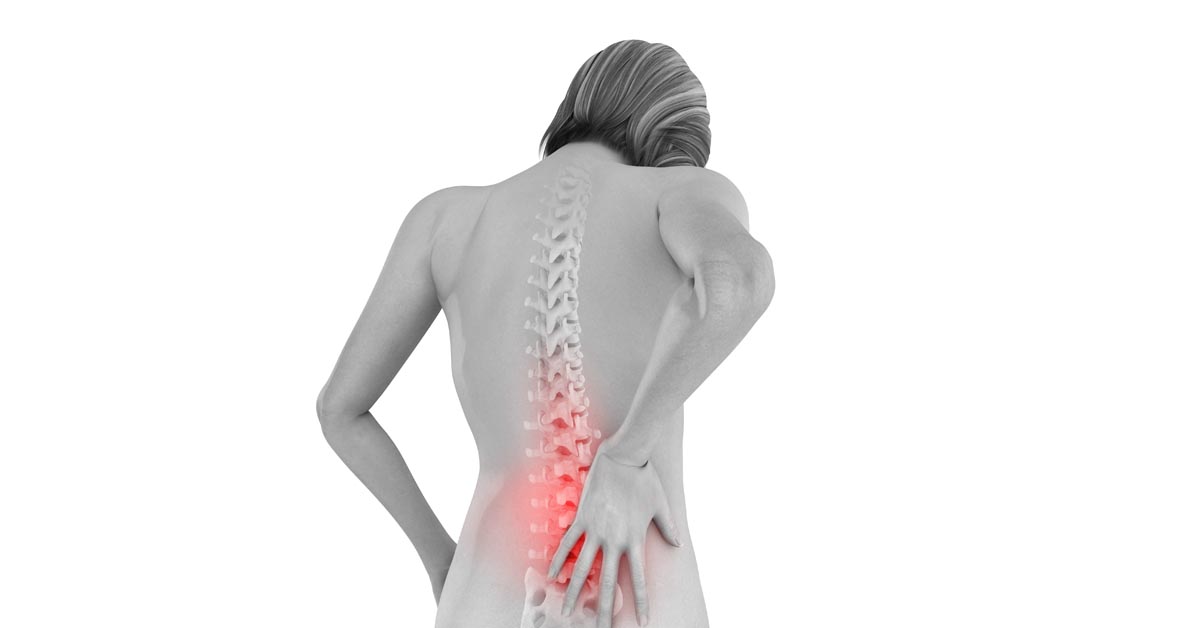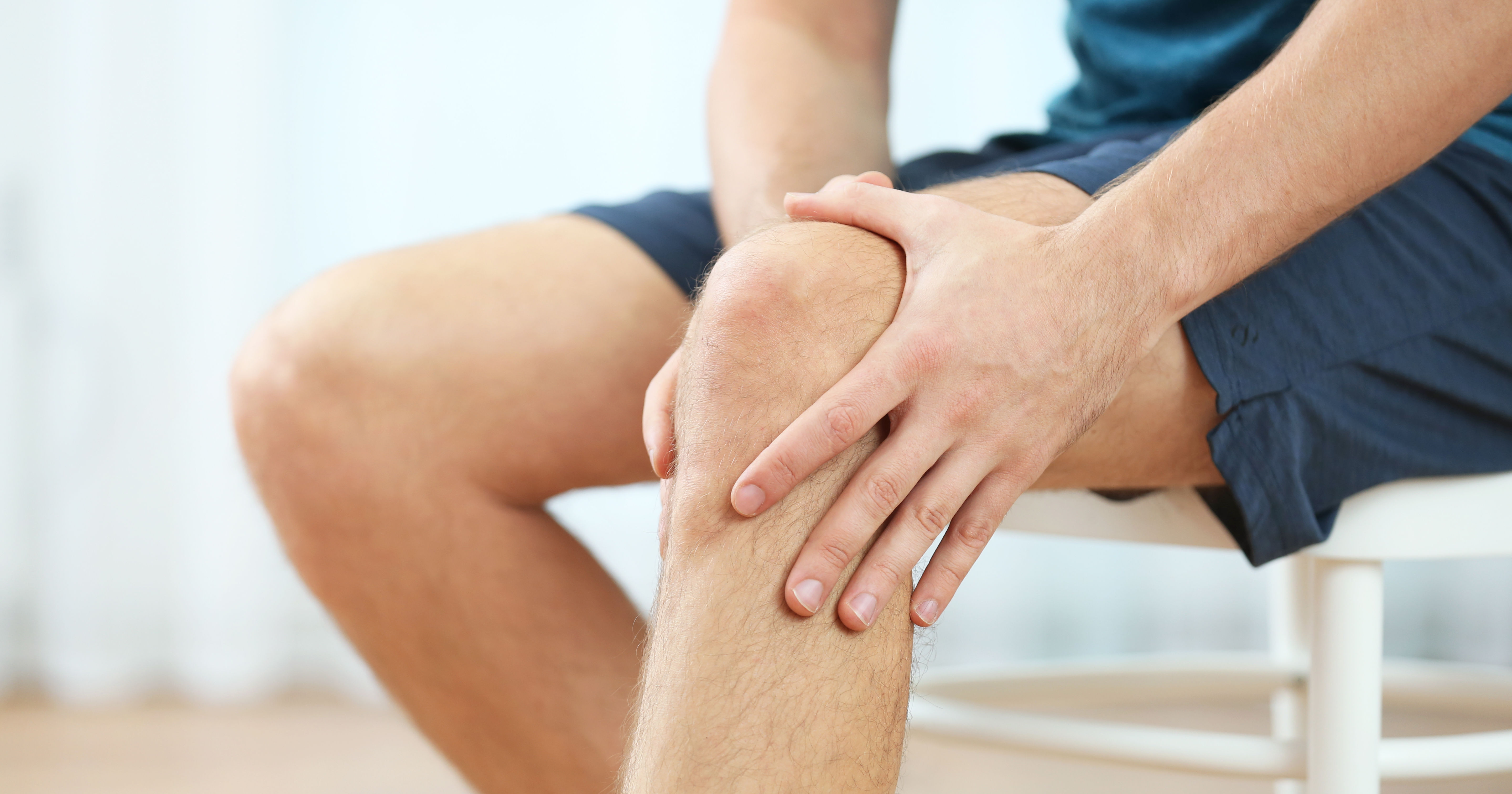What Is Spinal Decompression?
 We work with many back pain patients in our Prescott chiropractic office, and Weary Chiropractic Clinic and our staff uses a variety of techniques to help get you out of pain and restore your spine's normal, healthy function. We find spinal decompression to be a highly effective approach.
We work with many back pain patients in our Prescott chiropractic office, and Weary Chiropractic Clinic and our staff uses a variety of techniques to help get you out of pain and restore your spine's normal, healthy function. We find spinal decompression to be a highly effective approach.
Understanding Spinal Decompression Therapy
To help you better understand spinal decompression therapy, think of the discs in your spine like water balloons filled with jello. When you squeeze them (which occurs due to normal living, sustaining an injury, or other medical conditions), they can protrude, placing pressure on the nerves in your spinal column. This affects your brain's ability to communicate with tissues in the rest of your body.
If the force on the discs becomes too high, they can herniate or bulge. This reduces the cushioning between your vertebrae and can cause pain. The objective of spinal decompression therapy is to reduce this pressure to help restore your body's function and also reduce your level of pain.
Can Spinal Decompression Therapy Help Me?
Spinal decompression therapy relieves disc pressure through the use of a specially designed table that carefully elongates your spinal column through slow and controlled movements. This decreases the pressure placed on your discs. Some studies report an increase in disc height by as much as 1.3 millimeters after just six weeks of this treatment.
If you're wondering if spinal decompression therapy could help you feel and function better, simply call our Prescott office and schedule an appointment with Weary Chiropractic Clinic today. Your optimal health is our number one priority!
Resources
Apfel CC, Cakmakkaya OS, Richmond C, et al. Restoration of disk height through non-surgical spinal decompression is associated with decreased discogenic low back pain: a retrospective cohort study. BMC Musculoskeletal Disorders 2010;11(155). doi:10.1186/1471-2474-11-155



Dr. Weary